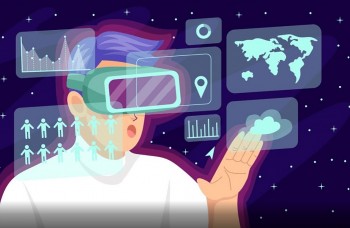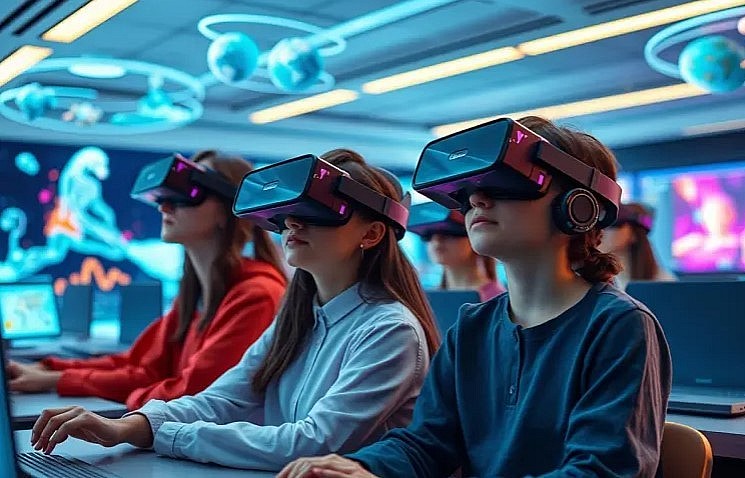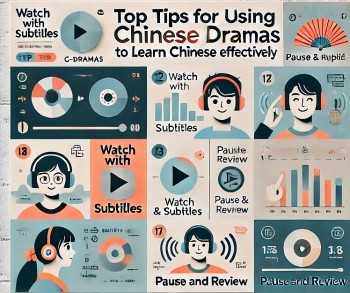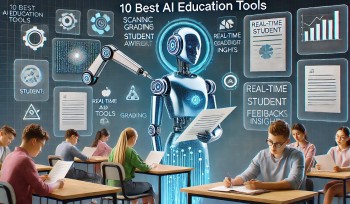How Immersive Learning Is Changing the Way We Teach and Train
 Why Immersive Experiences Are the Future of Digital Storytelling Why Immersive Experiences Are the Future of Digital Storytelling |
 Immersive Retail: How Brands Are Using Tech to Make You Feel, Not Just Buy Immersive Retail: How Brands Are Using Tech to Make You Feel, Not Just Buy |
The future of education isn’t in textbooks — it’s in experiences.
As traditional learning struggles to keep pace with real-world demands, a powerful shift is happening: immersive learning is turning classrooms and training programs into fully interactive environments that teach not just through words, but through doing.
From medical simulations to virtual field trips, VR and AR are reinventing the way we learn, and the impact is real — and measurable.
 |
| Immersive Learning Insights |
What Is Immersive Learning?
Immersive learning refers to education or training that uses virtual, augmented, or mixed reality to place learners inside simulated environments. These environments mimic real-world scenarios, allowing learners to explore, make decisions, and solve problems in a risk-free space.
It’s not just high-tech — it’s high-impact.
Why Immersive Learning Works Better
Unlike traditional lectures or slide decks, immersive learning triggers multiple senses. This creates stronger memory encoding and deeper emotional engagement. According to a PwC study, employees trained via VR learned 4x faster and were 275% more confident in applying their skills afterward compared to classroom training.
Key benefits:
-
Improved retention through experiential learning
-
Safe environments for trial-and-error practice
-
Higher engagement levels, especially among Gen Z and Millennials
-
Scalable training that reduces long-term costs
Real-World Applications of Immersive Learning
Healthcare Training
Medical students use VR to perform virtual surgeries, diagnose patients, and respond to emergencies — all without putting real lives at risk.
Aviation and Aerospace
Pilots and technicians train in realistic flight simulators that replicate complex scenarios, from bad weather to emergency landings.
Retail and Customer Service
Walmart uses VR to prepare employees for Black Friday rushes and customer conflict resolution.
K-12 and Higher Education
Students take virtual field trips to the Great Wall of China or explore the human body in 3D. Immersive history lessons and language practice environments are becoming common.
Corporate Training
Companies like Accenture and Deloitte now use immersive onboarding to help new employees understand company culture, tools, and workflows from day one.
The Tech Behind Immersive Learning
-
Virtual Reality (VR): Headsets like Meta Quest or HTC Vive place learners in fully simulated environments.
-
Augmented Reality (AR): Apps and devices overlay educational content on real-world settings using tablets or smart glasses.
-
Mixed Reality (MR): Combines VR and AR to create blended learning experiences.
-
AI and Haptics: AI-driven NPCs and tactile feedback (like gloves or suits) make learning even more lifelike.
Challenges to Widespread Adoption
While immersive learning is powerful, it comes with hurdles:
-
High initial investment in hardware and development
-
Content creation bottlenecks for specific industries
-
Accessibility concerns for underserved populations
-
Need for instructor training on how to guide immersive sessions effectively
But as prices drop and creation tools become more accessible, these barriers are falling fast.
The Future: Personalized, Scalable, Immersive
Immersive learning isn’t a gimmick — it’s the next evolution of education and workforce development. As AI begins to personalize immersive environments in real time, and cloud-based VR makes content scalable, the future looks highly dynamic and accessible.
Whether you're training surgeons or teaching students algebra, immersive learning doesn't just teach facts — it builds mastery.
Frequently Asked Questions (FAQs)
1. What is immersive learning?
Immersive learning is a training or educational method that uses technologies like virtual reality (VR), augmented reality (AR), or simulations to create realistic environments where learners can interact, practice, and build skills through experience rather than theory.
2. How is immersive learning different from traditional learning?
Unlike traditional learning, which often relies on lectures and passive content, immersive learning is experiential and interactive. Learners are placed in lifelike scenarios where they can explore, make decisions, and learn by doing — leading to stronger retention and engagement.
3. What technologies are used in immersive learning?
Key technologies include:
-
Virtual Reality (VR) headsets
-
Augmented Reality (AR) apps
-
Mixed Reality (MR) devices
-
3D simulations and gamified environments
-
AI-powered adaptive learning systems
4. Which industries benefit most from immersive learning?
Immersive learning is especially impactful in:
-
Healthcare (e.g., surgical simulations)
-
Aviation and aerospace (e.g., flight simulators)
-
Retail and customer service (e.g., conflict resolution training)
-
Corporate onboarding and soft skills
-
K-12 and higher education (e.g., virtual field trips, lab simulations)
5. Is immersive learning more effective than traditional training?
Yes. Studies show immersive learning leads to:
-
Higher knowledge retention
-
Faster learning times
-
Increased learner confidence
-
Better engagement and motivation
For example, PwC found VR learners were 4x faster to train than in classrooms and 275% more confident in applying their skills.
6. How much does immersive learning cost to implement?
Costs vary depending on the scope, but prices are falling rapidly. Basic VR/AR tools and 360° experiences are now accessible even to smaller schools and businesses. Cloud-based platforms also allow scalable deployment without expensive infrastructure.
7. Can immersive learning be used for remote or hybrid education?
Absolutely. Immersive content can be delivered online using web-based VR platforms, mobile AR apps, or lightweight headsets — making it a great fit for remote, hybrid, and blended learning models.
8. What are the limitations of immersive learning?
Some challenges include:
-
Initial setup costs
-
Technical training for instructors
-
Motion sickness in VR for some users
-
Content limitations for niche subjects
However, advances in hardware and no-code content creation tools are reducing these barriers quickly.
 10 Free Sites to Stream/Download C-Dramas with Chinese Subtitles 10 Free Sites to Stream/Download C-Dramas with Chinese Subtitles We introduce the top 10 best websites where you can watch and download C-Dramas for free, all with Chinese subtitles. Learn where to find high-quality, ... |
 Education and Learning Horoscope 2025: What the Stars Say About Your Zodiac Sign Education and Learning Horoscope 2025: What the Stars Say About Your Zodiac Sign Let’s dive into how each sign will experience learning, intellectual growth, and academic success in 2025 based on astrological prediction. |
 Top 10 AI Education Tools: Enhancing Learning in the Digital Age Top 10 AI Education Tools: Enhancing Learning in the Digital Age Let’s explore the top 10 AI-powered education tools that are modernizing learning in the digital age. |
 10 Easiest AI Courses to Start Learning in 2025 – No Coding, 100% Free & Beginner-Friendly 10 Easiest AI Courses to Start Learning in 2025 – No Coding, 100% Free & Beginner-Friendly We walk you through the Top 10 Easiest AI Courses for Beginners in 2025, chosen for their simplicity, accessibility, interactivity, and real-life usefulness. These are ... |























